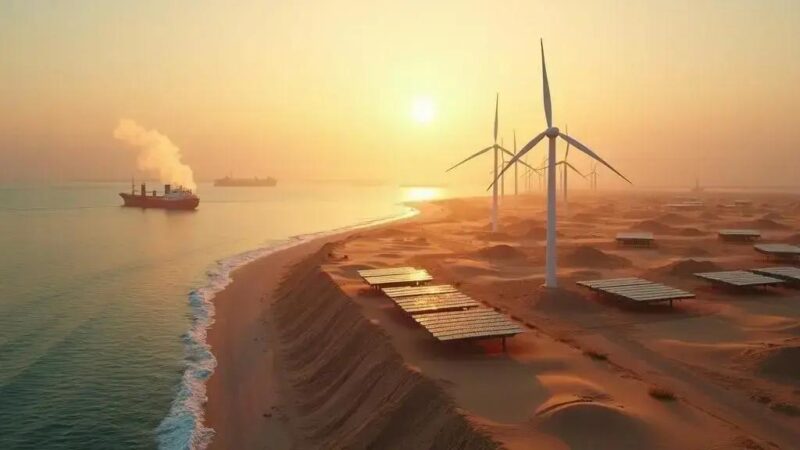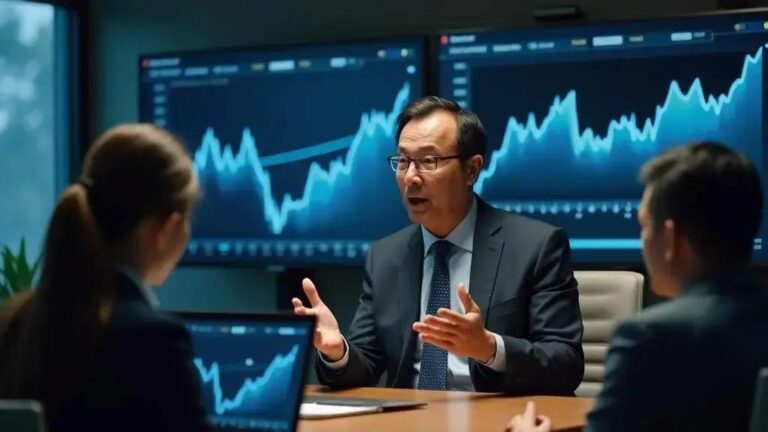Renewables are facing a new threat: tariff wars and political attacks could slow the shift to clean power. Curious why ACWA and other industry leaders stress global cooperation, China’s role, and tech like storage and green hydrogen as part of the fix? Keep reading.
Trade barriers and political interference: how protectionism stalls the energy transition
The global shift to clean energy faces big problems. One major issue is trade barriers. These are like walls. They make it harder to move renewable energy parts across countries. Think of tariffs, which are extra taxes on imported goods. These taxes make solar panels or wind turbine parts more expensive. This slows down how fast we can build new clean energy projects.
Political interference also plays a role. Some countries want to protect their own industries. They might offer special help, called subsidies, to local companies. Or they might demand that products have a certain amount of local content. This can help local jobs. But it can also make global supply chains less efficient. It can also raise costs for everyone building clean energy systems.
These actions, often called protectionism, hurt the energy transition. They make it harder for companies to get the best and cheapest parts. This means clean energy projects cost more and take longer to finish. It also limits how quickly we can fight climate change. Experts like ACWA Power warn about these barriers. They threaten to stop clean power from being affordable and widely available.
When countries put up these barriers, it creates uncertainty. Businesses become less willing to invest in new renewable energy factories or projects. This slows down innovation and the spread of green technology. We need more cooperation, not less. This will speed up the move to a cleaner world.
China’s supply-chain role and the race to scale solar, wind and batteries
China’s supply chain plays a huge role in clean energy. The country produces most of the world’s solar panels, wind turbines, and **batteries**. This means many nations rely on China for these important parts. This reliance helps keep the cost of renewable energy projects low around the globe.
However, this also creates challenges. If there are problems with China’s production or trade, it can slow down global efforts. The world is in a **race to scale** these technologies quickly. We need more clean energy to meet growing demand and fight climate change. So, getting enough parts is very important.
Many countries are now trying to build their own manufacturing. They want to make more **solar**, **wind**, and **battery** components at home. This helps create a more diverse and secure **supply chain**. It also lowers the risks of depending too much on one source.
The push to **scale** also drives new ideas. Companies are always working on better and cheaper ways to produce and store clean energy. This global effort, despite its difficulties, is key for a sustainable future. It helps ensure that clean power can be built faster and more affordably for everyone.
Solutions and balance: storage, green hydrogen and diverse low‑carbon generation
To make our energy system truly clean, we need more than just solar and wind. We need smart solutions to keep the power flowing steadily. This is where energy storage comes in. Think of big batteries. They can save extra power when the sun shines or wind blows. Then, they release it when needed, like at night or on calm days. This helps balance the grid and makes renewable energy more reliable.
Another key solution is green hydrogen. This is hydrogen made using renewable electricity. It can fuel heavy industries, ships, or even be stored for a long time. It helps replace fossil fuels in tough areas. Green hydrogen is a versatile way to store and use clean energy, especially for sectors that are hard to electrify directly.
We also need a mix of different low-carbon generation sources. This means not just solar and wind. It includes things like nuclear power, hydropower from dams, and geothermal energy from Earth’s heat. Even sustainable biomass can play a part. Having many types of clean energy makes the grid stronger. It creates a balanced system. This way, we can always have enough power.
These solutions are vital for a reliable and sustainable energy future. They help us move away from fossil fuels completely. By combining storage, green hydrogen, and diverse low-carbon generation, we can build a robust and resilient clean energy system for everyone.
Fonte: Fortune.com








